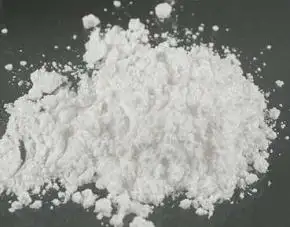MESCALINE / PEYOTE
Origins
The MESCALINE / PEYOTE cactus, or Lophophora williamsii, gets its common name from the Nahuatl language. The plant is a small, button shaped cactus that grows predominantly in Mexico and the southern parts of the U.S.
Native Americans have known of the plant’s hallucinatory properties for thousands of years, and peyote still holds a sacred place in these cultures. In fact, over 40 tribes in North America and Western Canada still use it in sacred religious ceremonies.
How does it work?
Taking whole peyote or the active alkaloid mescaline produces the psychedelic effects associated with the plant.
MESCALINE / PEYOTE interacts with the 5-HT2A receptors in the brain, which pertain to how the body uses serotonin. These receptors are also the targets of other classic hallucinogens, such as LSD and psilocybin mushrooms. They are likely responsible for the “trip” a person experiences when using these substances.
People can ingest mescaline in several ways. Eating the dried crowns of the peyote cactus, boiling the cactus to make tea, and taking capsules containing peyote or mescaline are all common ways. There are also synthetic forms of mescaline, which are generally available in the form of capsules.
An exact dosage is difficult to quantify, as the plants themselves vary in potency when a person picks them.
Understand the risks
Once ingested, peyote can cause feelings of nausea before the desired mental effects appear. Other effects can include increased body temperature, heart rate and blood pressure; loss of appetite, sleeplessness, numbness, weakness and tremors. Effects can be different during each use due to varying potency, the amount ingested, and a person’s expectations, mood and surroundings.
A person using peyote may sometimes experience enjoyable sensations, but also report terrifying thoughts and anxiety, fear of insanity, death and of losing control. Some people experience “flashbacks,” or hallucinogen persisting perception disorder (HPPD), which are recurrences of hallucinations long after ingesting the drug. The causes of these effects, which in some people occur after a single experience with the drug, are not known.
Once a person ingests it, the body absorbs mescaline rather quickly. The effects may begin in under an hour and can last for around 12 hours trusted Source. As the body breaks down the mescaline, the effects wear off.
Showing all 2 results
-
Sale!

Buy Mescaline Capsule
$300.00 – $1,500.00 Select options This product has multiple variants. The options may be chosen on the product page -
Sale!

Pure Mescaline HCI
$250.00 – $1,000.00 Select options This product has multiple variants. The options may be chosen on the product page